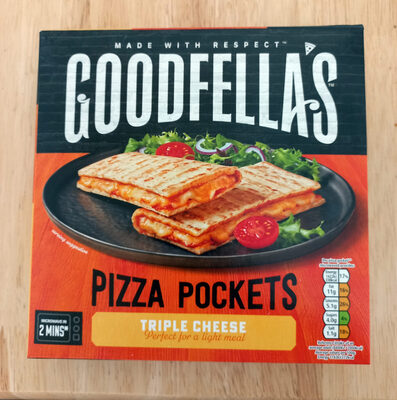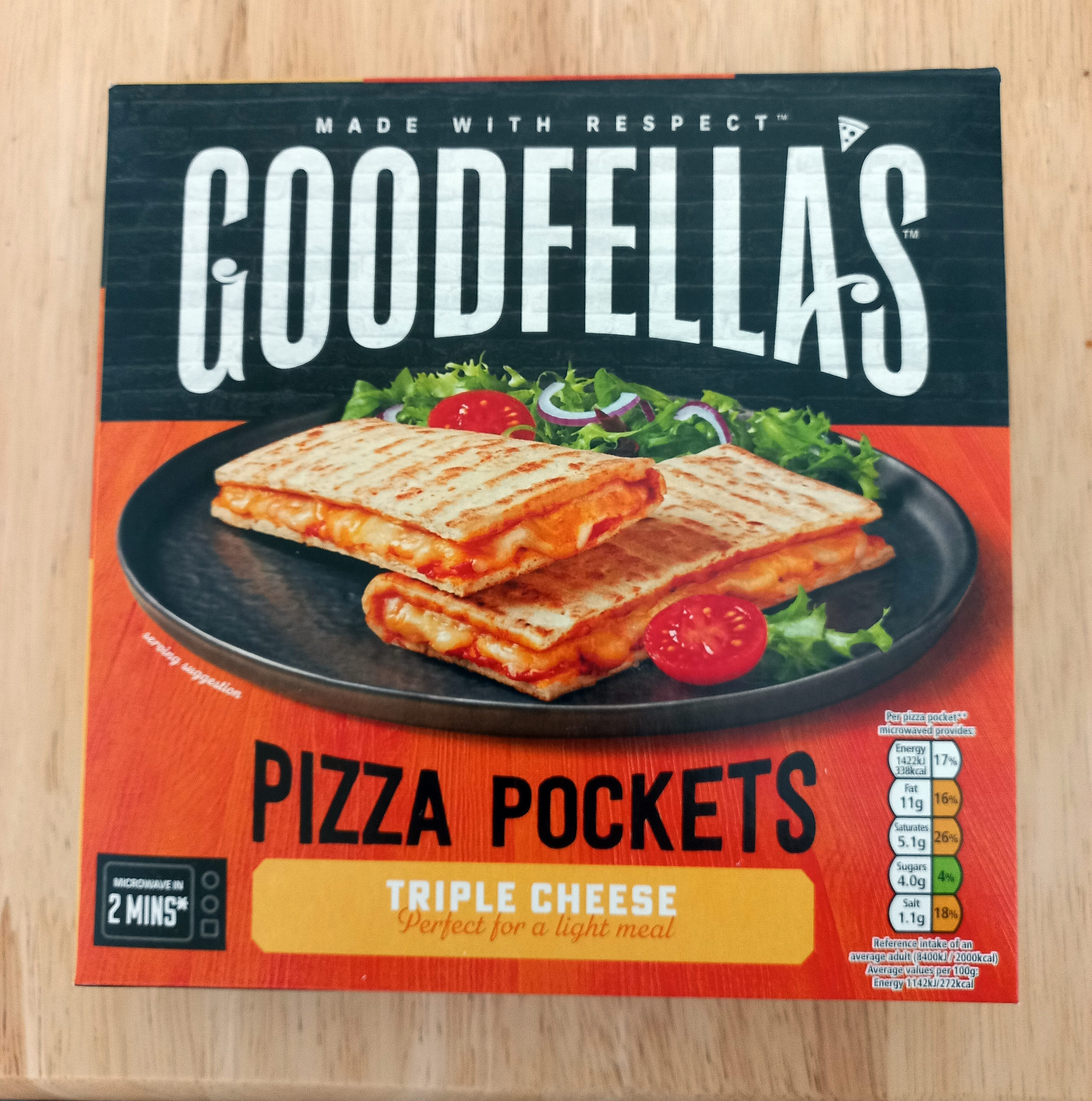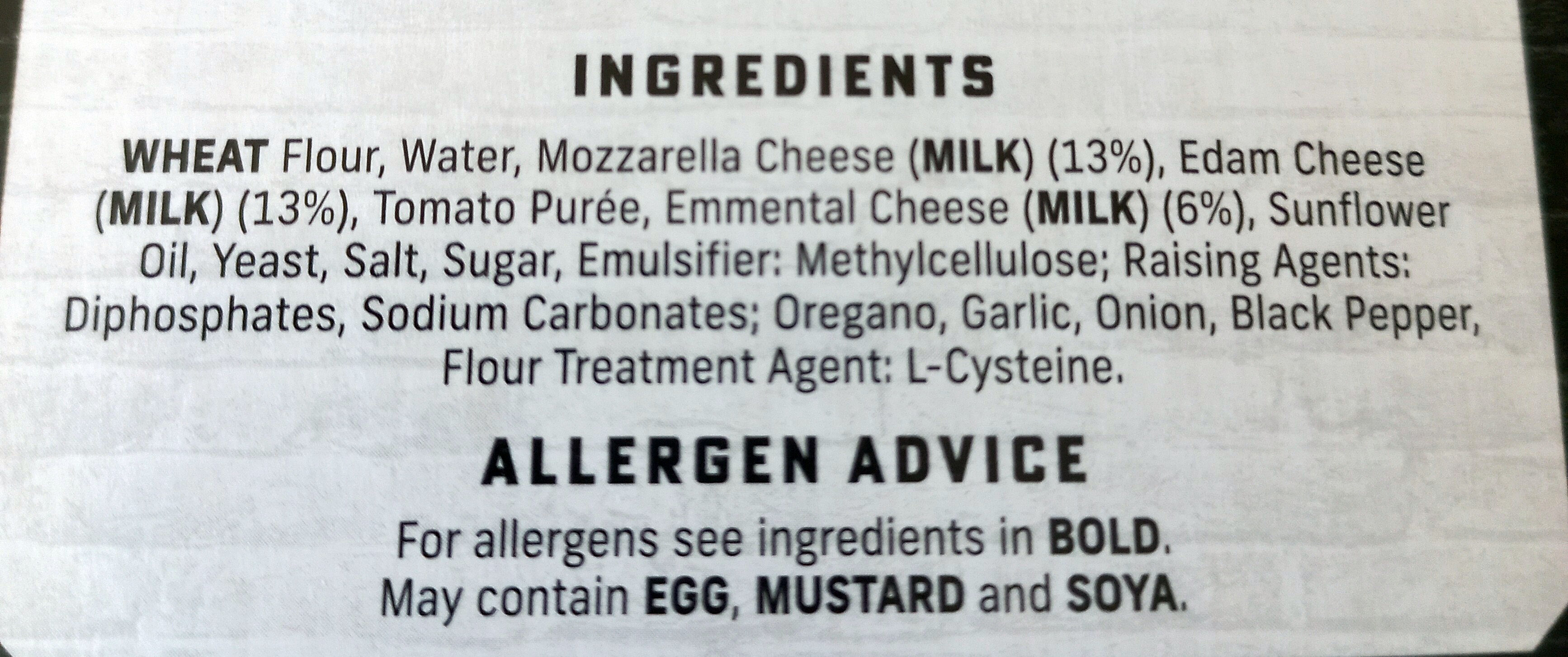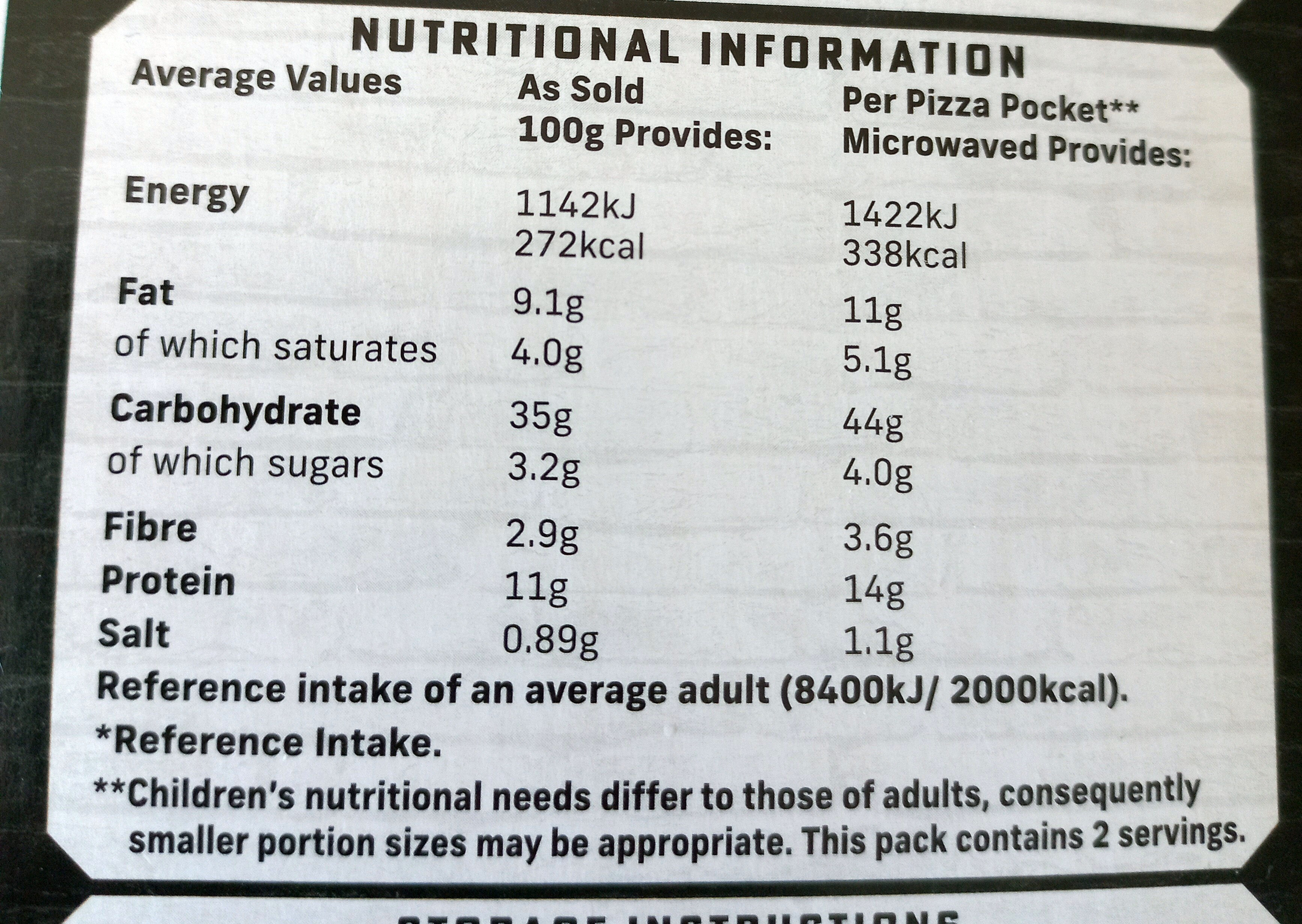Pizza Pockets Triple Cheese - Goodfella's - 250 g
This product page is not complete. You can help to complete it by editing it and adding more data from the photos we have, or by taking more photos using the app for Android or iPhone/iPad. Thank you!
×
Barcode: 5000116125296 (EAN / EAN-13)
Ainm coitianta: Pizza sandwich with tomato sauce, mozzarella cheese, edam cheese and emmental cheese
Quantity: 250 g
Brandaí: Goodfella's
Catagóirí: en:Frozen foods, en:Meals, en:Pizzas pies and quiches, en:Pizzas, en:Frozen pizzas and pies, en:Frozen pizzas
Labels, certifications, awards:
en:Vegetarian, en:Green Dot
Manufacturing or processing places: United Kingdom
Link to the product page on the official site of the producer: https://www.goodfellaspizzas.com/our-ran...
Siopaí: Sainsbury's, Tesco
Country: Poblacht na hÉireann, An Ríocht Aontaithe
Matching with your preferences
Report a problem
Data sources
Product added on ag kiliweb
Last edit of product page on ag scrypt.
Product page also edited by alia, hungergames, openfoodfacts-contributors, yuka.Vm9Jck5Kb3VqS1FZZ3M4YzdFdmZ5OTUyOXJXYkRVV3pHc0ViSVE9PQ.












